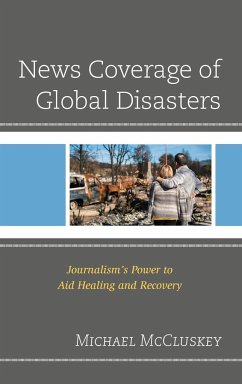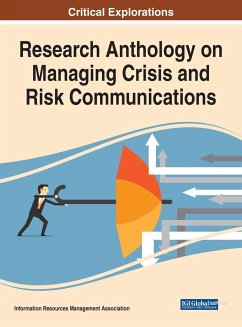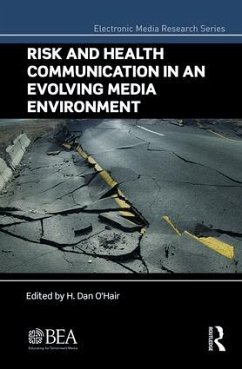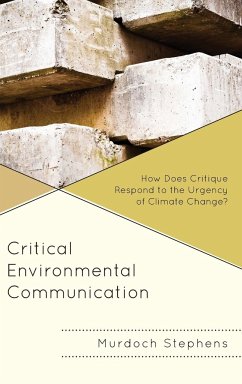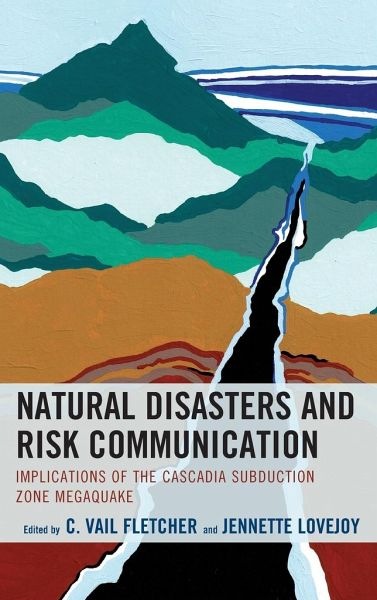
Natural Disasters and Risk Communication
Implications of the Cascadia Subduction Zone Megaquake
Versandkostenfrei!
Versandfertig in 1-2 Wochen
125,99 €
inkl. MwSt.
Weitere Ausgaben:

PAYBACK Punkte
63 °P sammeln!
This book examines the impending Cascadia Subduction Zone earthquake and tsunami from a communications perspective, using similar experiences of natural disaster preparedness and outcomes as case studies. It is an interdisciplinary consideration of how communities communicate and make sense of natural disasters.




